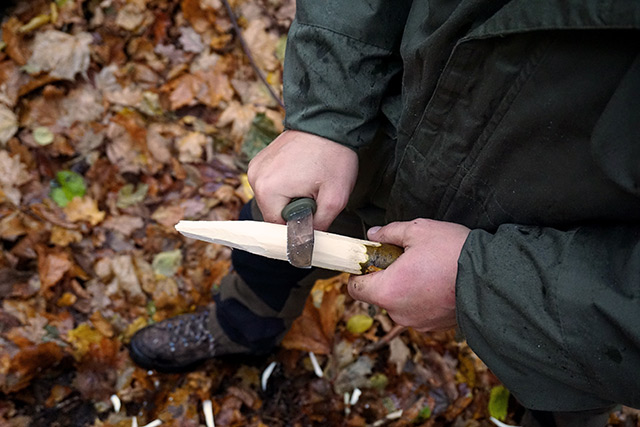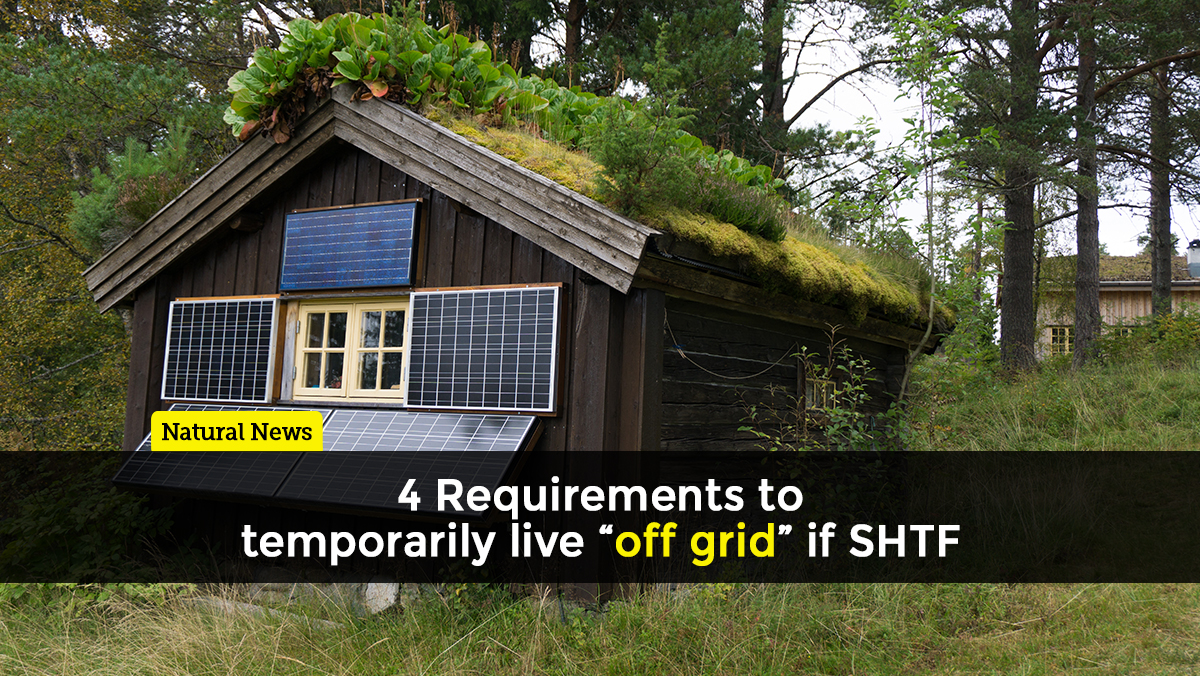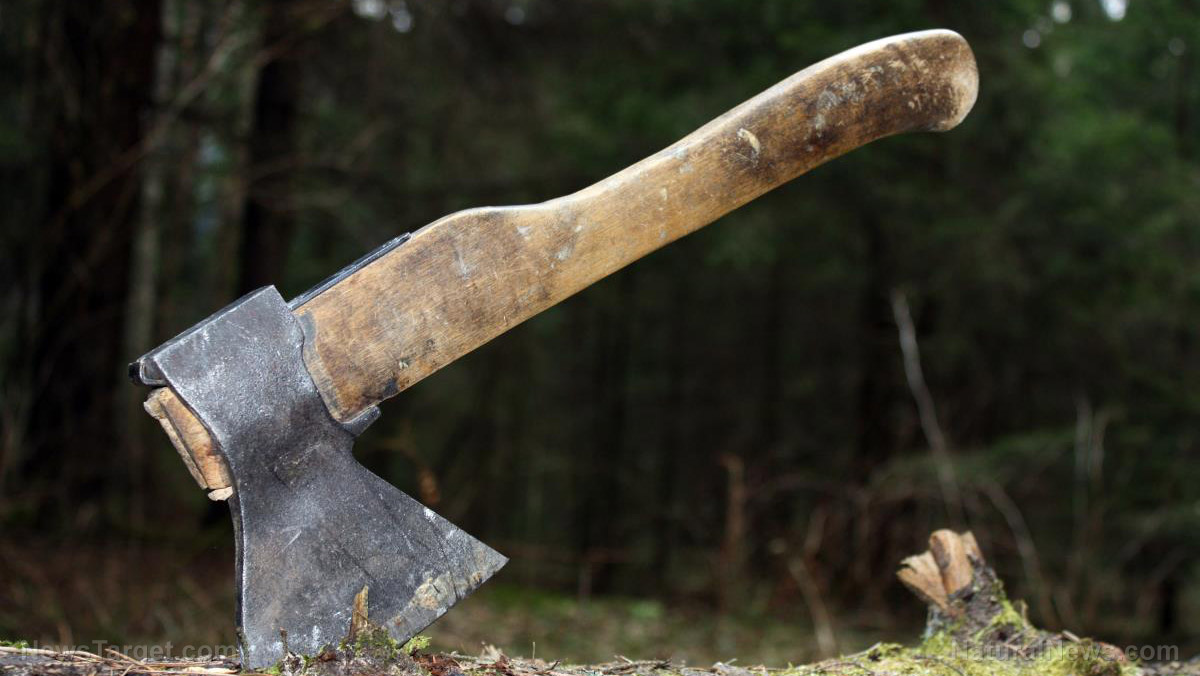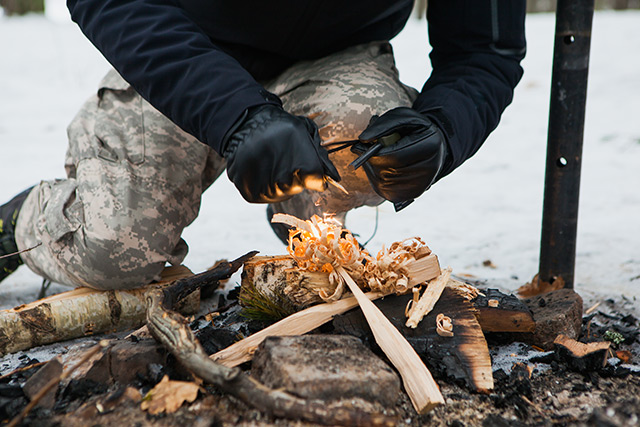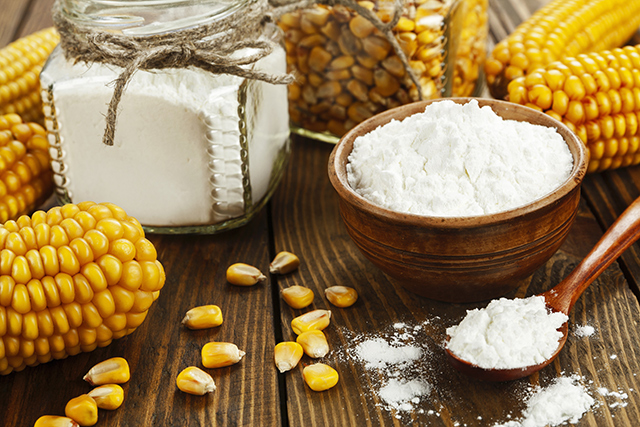A guide to preserving food with duct tape and bentonite clay
11/28/2018 / By Mary Miller

When SHTF, food can be hard to come by. What’s more is that food quickly perishes. When such a scenario happens, knowing how to extend the shelf life of food items will be a highly valuable skill. Preppers can be ready for anything by learning different methods of food preservation and storage. Here is a quick guide to making a survival food cache using duct tape and bentonite clay. (h/t to AskAPrepper.com)
Bentonite clay is a healing clay that consists of aged volcanic ash. Food preservation is just one of the many uses that this highly versatile clay can be utilized for. As a common ingredient in detox and cleansing products, bentonite clay is useful in absorbing and removing toxins, heavy metals, impurities and chemicals. Include bentonite clay in your first aid kit to use as a natural remedy for treating many conditions. (Related: Build your own first aid kit with natural remedies.)
Apply a paste of bentonite clay and water on your skin to treat skin irritations, insect bites, cuts, stings, and burns. It can also help soothe itchy skin due to eczema, psoriasis and chickenpox. You can even alleviate nausea and digestive problems by drinking half a teaspoon of bentonite clay with water.
Using bentonite clay for food preservation
Rice is a staple food that can provide a lot of the body’s energy needs, so being able to store it for extended periods of time can tide you over until you find or harvest another staple food source. You can also try using bentonite clay to preserve other food items, as long as they are sealed in a pack. To use bentonite clay for storing rice, you will need duct tape, a bowl, two to four cups of water, two pounds of powdered bentonite clay, and one pound of rice.
Rehydrating the clay
Take one pound of the powdered bentonite clay and place it in the bowl. Add two cups of water and thoroughly mix the clay and water together. As you continue mixing, you can add more water until you get a nice clay-like consistency.
Wrapping your rice
Once your clay is rehydrated, set it aside. Now, take your rice and duct tape. Make sure your rice is in a sack or bag that has no holes. Begin wrapping your bag of rice with the duct tape. You can start at one end and slowly work your way to the other end until you have wrapped your bag completely in duct tape. No area of the rice bag should be left exposed as moisture from the wet clay might seep into the rice.
Digging your hole
For long-term food storage, you will be storing your rice underground. To do this, you will have to dig a hole that is at least two feet deep. If there are animals around that might find it, you can dig a hole as deep as four feet, just to be sure. It is best to dig in a spot that you can easily recognize so that you won’t forget where your survival food cache is buried. Once you have dug a hole that is deep enough, you can begin creating your cache with the rice and the bentonite clay.
Molding your clay
Take your bentonite clay and begin layering thick globs of it over your duct tape-covered rice bag. Carefully smoothen it out over the bag without breaking through the duct tape. Cover the outer surface as much as possible until you have covered the entire bag of rice.
Burying your rice
Leave the bag of rice out in the sun to dry for an hour. Once it is dry and the clay is sturdy enough, bury your survival food cache in the hole you previously dug. Cover it up with soil to protect it from the elements.
Recovering your cache
A survival food cache is like a more useful and edible time capsule. When you need the rice, simply dig up your cache, and the rice should be bone dry and ready for cooking.
If you want to learn more about food preservation when SHTF, you can read more articles by going to FoodStorage.news.
Sources include:
Tagged Under: bentonite clay, bug out, bug out bag, duct tape, emergencies, emergency food, emergency preparedness, first aid, Food storage, multipurpose survival tools, natural remedy, off grid, outdoors, preparedness, preparedness and survival, prepper, prepping, prepping tips, preserving rice, rice, rice storage, self sufficiency, self-reliance, self-sustainability, SHTF, survival, survival gear, survival skills, Survival Tips, survival tools, survivalist

